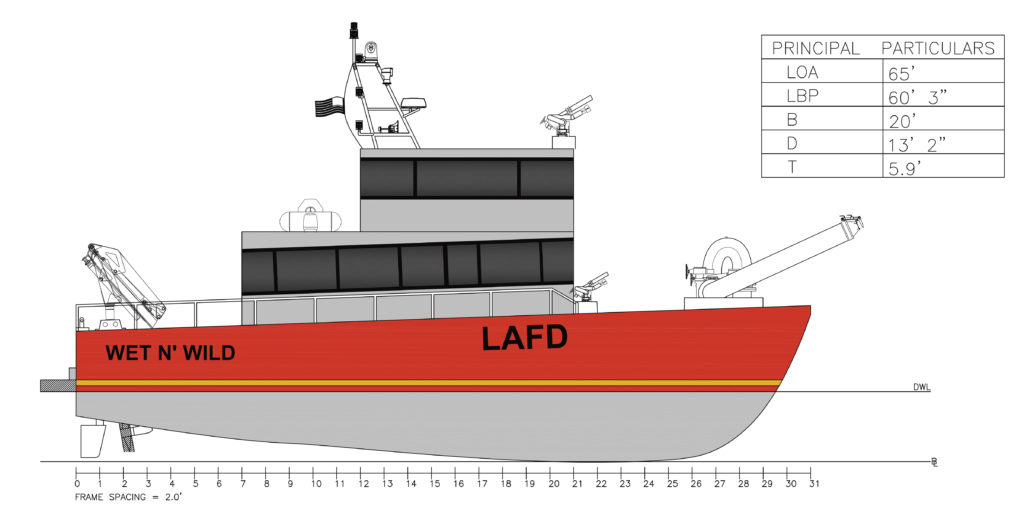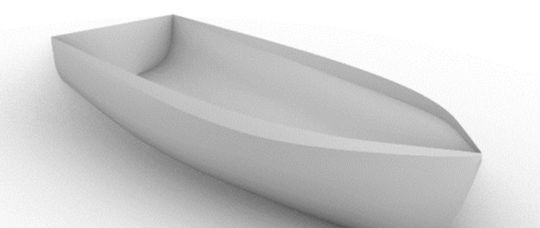About Junior Class Small Vessel Design Project (SD1):
As a part of Professor Bradley D.M. Golden’s ’99 Ship Design 1 (SD1) class, the juniors spent the first two-and-a-half months of the spring semester preparing their first complete concept designs.
Using the knowledge they’ve gained in their nearly three years studying at Webb and the experiences from their winter work periods to date, this was the students’ first opportunity to apply the naval architecture and marine engineering principles they’ve studied including stability, ship’s structures, main machinery systems, auxiliary systems, resistance and propulsion, and electrical engineering.
Working in small groups of three and four, the students selected one of the vessel types and took their first couple of spins around the design spiral to prepare vessel concept designs. To help make the project as realistic as possible, members of industry familiar with each of the vessel types helped prepare the statements of design requirements that each of the designs had to meet. To challenge the students even further, one or two “curveballs” were thrown into each design statement to make the students think long and hard about how they would achieve their objectives.
At the end of the spring semester, the students presented their final designs to their fellow students, faculty, and members of industry who served as part of an evaluation team. After three years at Webb, the Junior class can now say with confidence that they’re familiar with the design process and are well on their way to joining the fields of naval architecture and marine engineering.
Visit our Junior Class Small Vessel Design Project page to view all of this year’s projects.

Project Name: Team Hot Stuff
Designers: Jack Becker, Jackson Juska, and Maggie Maguire
Vessel Type: Fireboat
Standard Mission:
In response to an increasing need for firefighting services in the Port of Los Angeles/Long Beach area, the Los Angeles Fire Department (LAFD) has commissioned Team Hot Stuff to design a new class of firefighting vessels. This class must bridge the gap between the LAFD’s existing larger and smaller vessels by providing not only a fast response time but also a large pumping capacity. During its service, this vessel must respond to and suppress fires, provide emergency medical services, defend against acts of terrorism, respond to environmental pollution, aid in search and rescue operations, and provide specialty team support.

